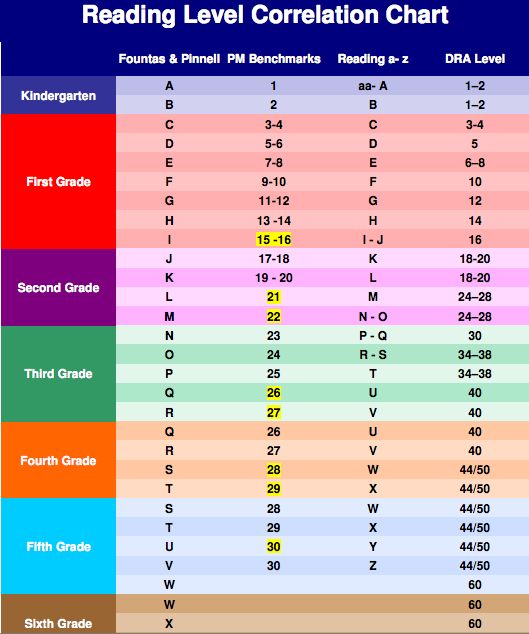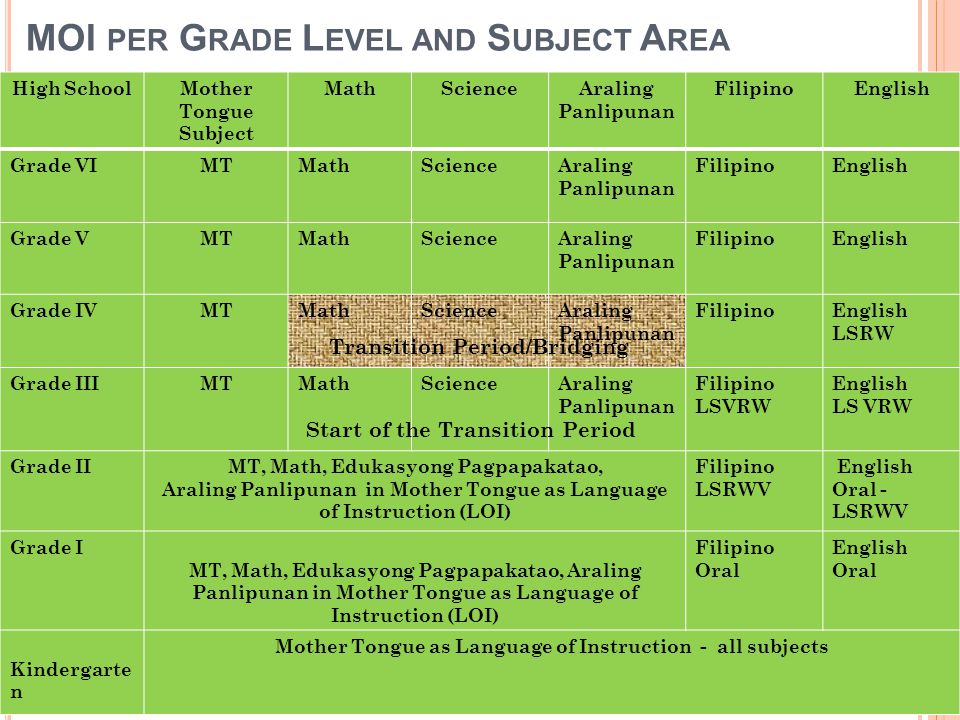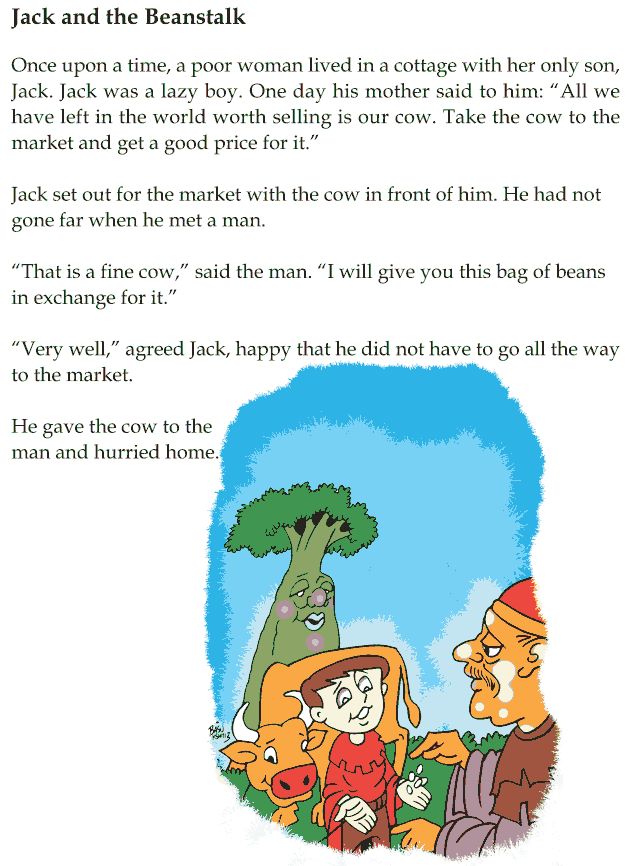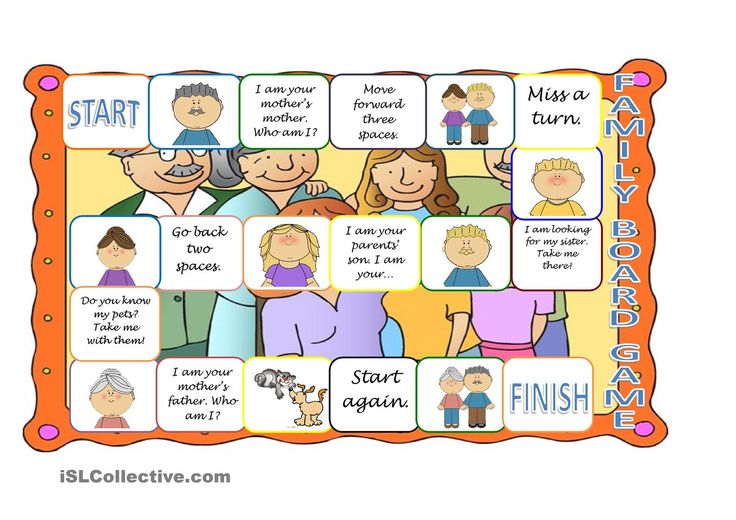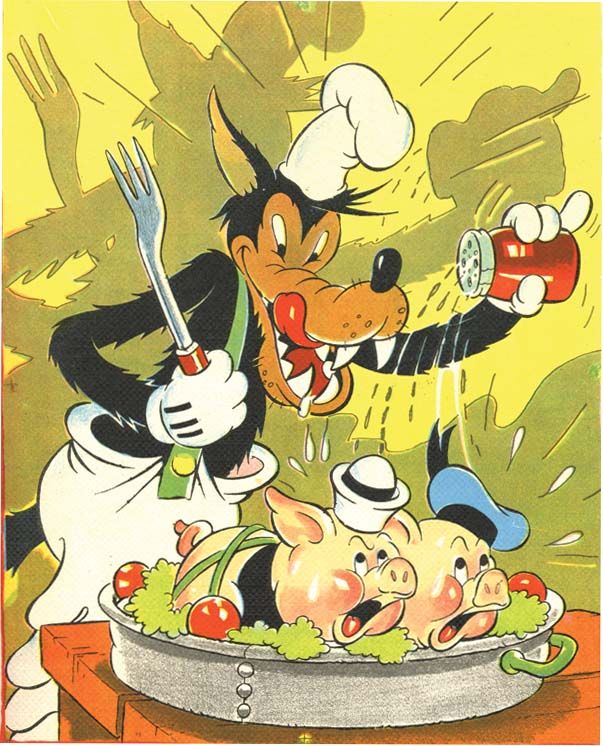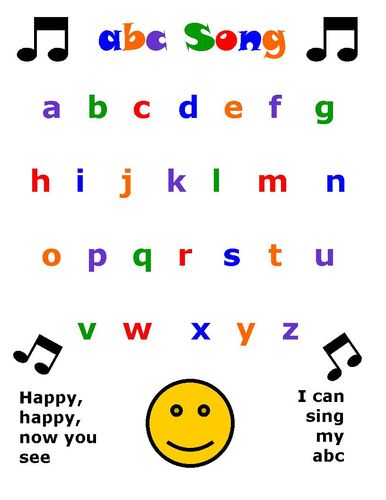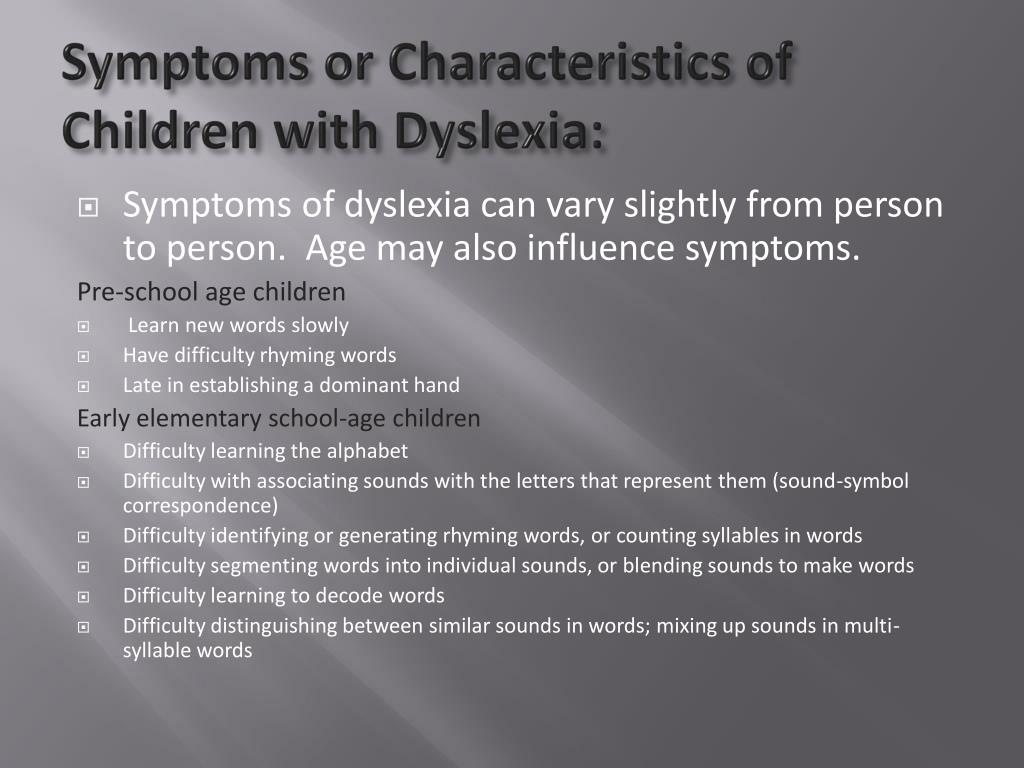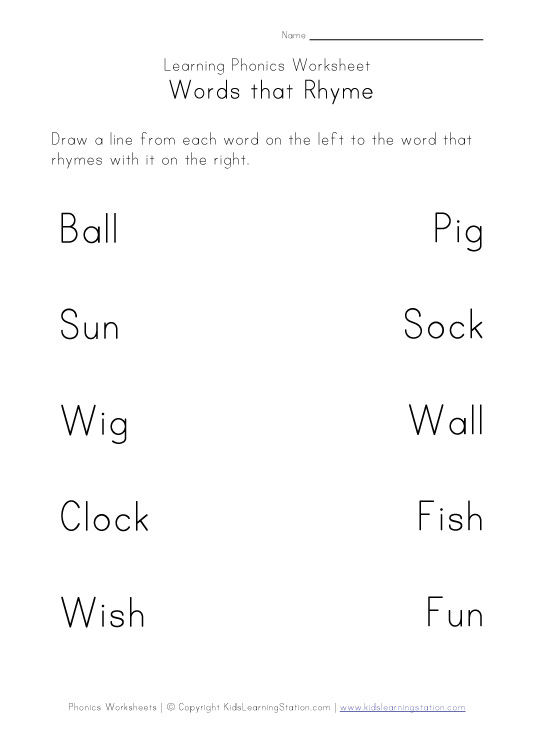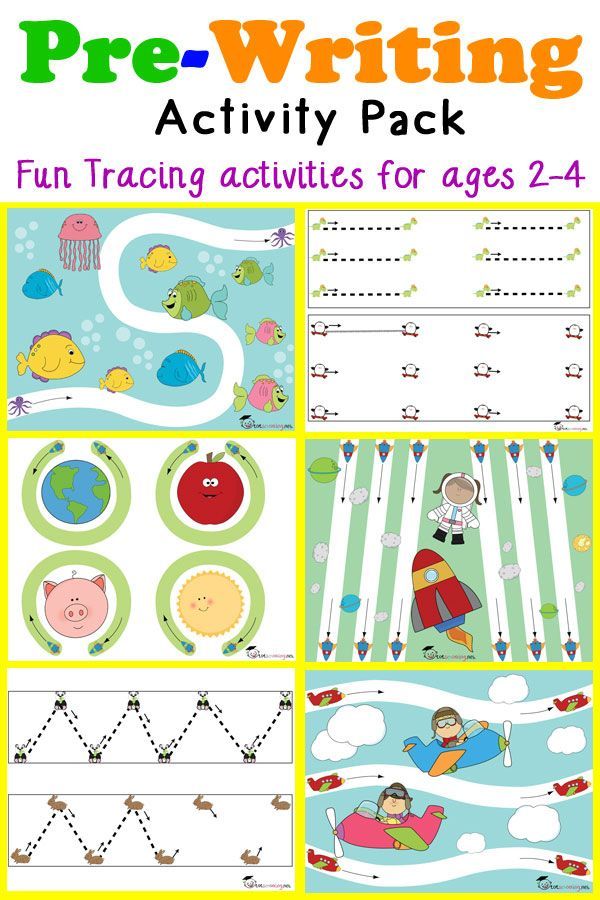Reading levels per grade
Reading Levels Explained: What They Are & How They Are Assessed
When your child is first learning to read, reading levels are an important tool for helping them move forward without the struggle. But did you know even older readers can benefit from being matched with the appropriate reading level?
In this article, we’ll discuss how reading levels are used and how your child’s level is determined. With the right reading materials, your child can master reading and enjoy it for years to come!
What are reading levels?
Reading levels are a detailed way to pair your child’s reading ability with books they can successfully read and understand.
Reading levels are an effective way to measure a child’s reading progress. If your child is primarily reading books at or just above their determined reading level, they are more likely to find reading enjoyable.
As parents, we’ve all seen how reading can become frustrating. If a beginner reader tries to read a book that is far beyond their abilities, they may simply decide that reading is just too hard. And this frustration can create an overall dislike of reading and books. This is what leveled reading strives to avoid.
How is your child’s reading level assessed?
There are several different methods for measuring your child’s reading skills and classifying the books they will read.
We’ll be discussing the four most popular leveling systems in the next sections. Read on for the details on the GRL, DRA, AR and Lexile reading level measurements.
Guided reading levels (GRL) explained
Guided reading levels, or GRL, are based on the reading levels system developed by Irene Fountas and Gay Su Pinnell. For this reason, you’ll also often see GRL called Fountas & Pinnell.
This system classifies reading levels alphabetically from A to Z, with A corresponding to the earliest readers and Z falling in line with texts at or above an eighth grade level.
Books are grouped into the appropriate level based on the following considerations:
- Word repetition
- Sentence length
- Total word count
- Sentence complexity
- Number of different words
- Inclusion of supportive illustrations
- Amount of high-frequency (or most common) words
Because several GRL levels fall into each grade level, this is a precise way to classify reading materials.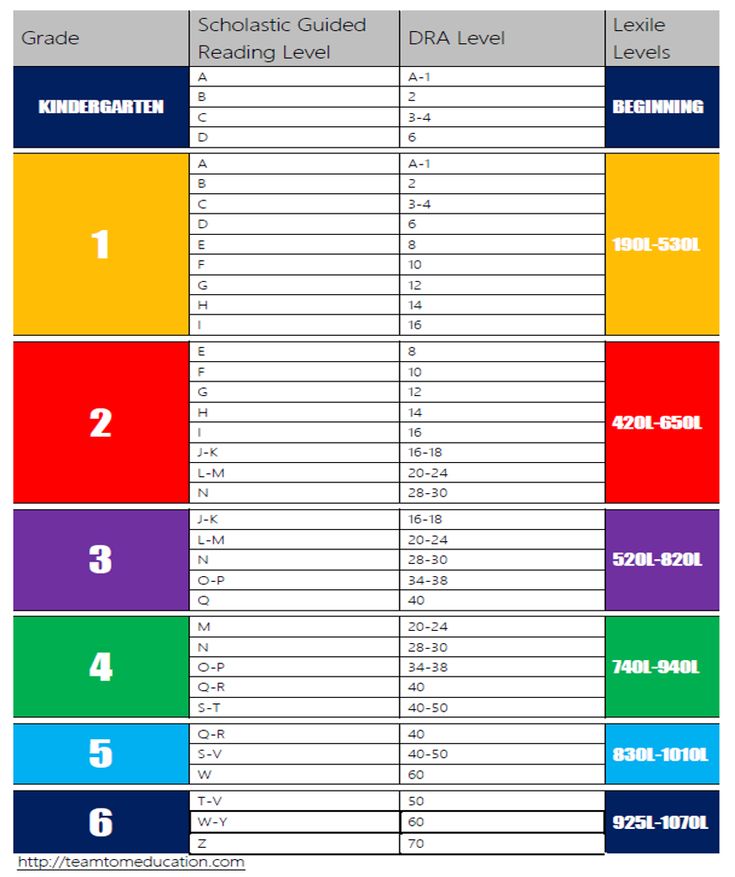 Not all second graders read at one level. But when second grade is split between levels I, J, K, L and M, more children will be able to find the right books to keep their motivation and confidence high.
Not all second graders read at one level. But when second grade is split between levels I, J, K, L and M, more children will be able to find the right books to keep their motivation and confidence high.
Developmental Reading Assessment (DRA)
The DRA, or Developmental Reading Assessment, helps identify how well students are reading independently.
This system matches the child with books on a numbered reading scale from 1 to 80 (it actually starts with A, but then all other levels are numbered. Confusing — yes, but unless your child is at the very beginning of reading, look for a number).
Your child’s score on the assessment is based on how well they perform against grade-level standards. The DRA looks at your child’s reading ability in three areas.
- Reading fluency
- Reading accuracy
- Reading comprehension
Like GRL, the different grade levels contain several DRA levels. For example, second grade includes DRA levels 18 to 28. Once your child’s reading level is determined, they will be paired with leveled books to help them progress and improve.
Once your child’s reading level is determined, they will be paired with leveled books to help them progress and improve.
Lexile measurement
The Lexile framework for reading is a measurement system that includes two different measures — both a student assessment and a system for measuring book levels. Your child’s Lexile reading measure is determined from a school or state-wide test that checks for reading comprehension.
A Lexile reader measurement can fall between BR for beginning readers (which is below 0L), to above 2000L. Your child’s reading level can then be paired with books using their Lexile text measurement.
Over one million books, websites and other texts have received a Lexile text measure. Lexile recommends choosing books or texts for your child that fall between 100L below to 50L above their reading measure. This is deemed your child’s reading comprehension sweet spot.
Don’t know where your child falls? Talk to their teacher to see if their school uses the Lexile assessment. If so, they can provide you with your child’s most current measure.
If so, they can provide you with your child’s most current measure.
The Lexile framework is great for pairing more advanced readers with books that are still age-appropriate. If your child is reading above their level in the third grade, you don’t necessarily want them reading books with themes meant for seventh graders. Ask their teacher or use the Lexile website to discover age-appropriate books that will still hold their interest.
Accelerated Reader (AR) Levels
Your child’s Accelerated Reader (or AR) level is determined from a computerized test. After reading a book of their choosing, your child takes an online test on the book to measure their reading comprehension and earn points.
Based on the test score, your child’s teacher or librarian can help recommend more books to match your child’s level. If they struggled with their last book, easier options will be given. If they had zero trouble understanding the book, they’ll be encouraged to choose more difficult texts moving forward.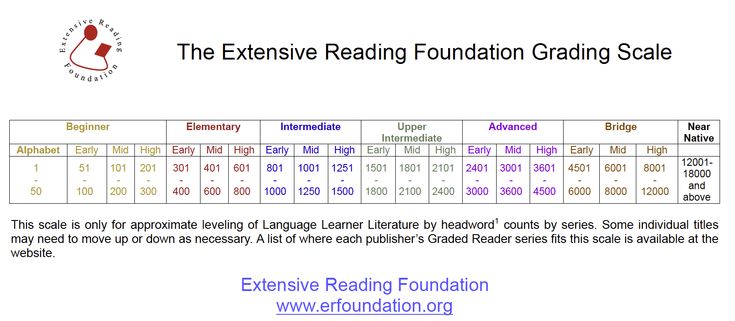
The AR reading levels fall on a numeric scale that closely correspond with expected grade levels. A second grader in the fourth month of the school year will, on average, be reading books at level 2.4. A fourth grader in the first month of the year will average level 4.1, and so on.
Reading level correlation chart
We’ve discussed several different reading measures, but how do they correspond with expected grade levels? And how does each measure relate to the others?
Use this handy chart from Reading A-Z to see how your child’s reading level fits into the different systems. Or check out the one below from Traci Clausen.
Reading level FAQs
1. How can I find level-appropriate books for my child?
First, ask their teacher or the school’s librarian for recommendations. They know your child’s interest and reading ability better than any computer resource. They will also be up to date on children’s books, including what is on level but also age-appropriate for your child.
There are some great resources online for finding leveled readers your child will love:
- Find the right books that match your child’s Lexile measure.
- Check out the Accelerated Reader Book Finder if your child uses Accelerated Reading.
- Use the Scholastic Book Wizard to discover a book’s level or to find leveled recommendations.
2. How can I help my child improve their reading?
The short answer — encourage them to keep reading, whether they’re using books or online programs.
The more exposure they have to books, the better. Just be sure to choose book topics that lineup with their interests. Does your second grader love dragons? Try a simple fantasy chapter book. Does your fourth grader adore lemurs? Look for children’s non-fiction books about the creatures of Madagascar. If it’s something they’re interested in, they’ll be excited to read and learn.
If it’s a struggle to get your child to pick up a book, don’t stress! There’s reading to be found everywhere.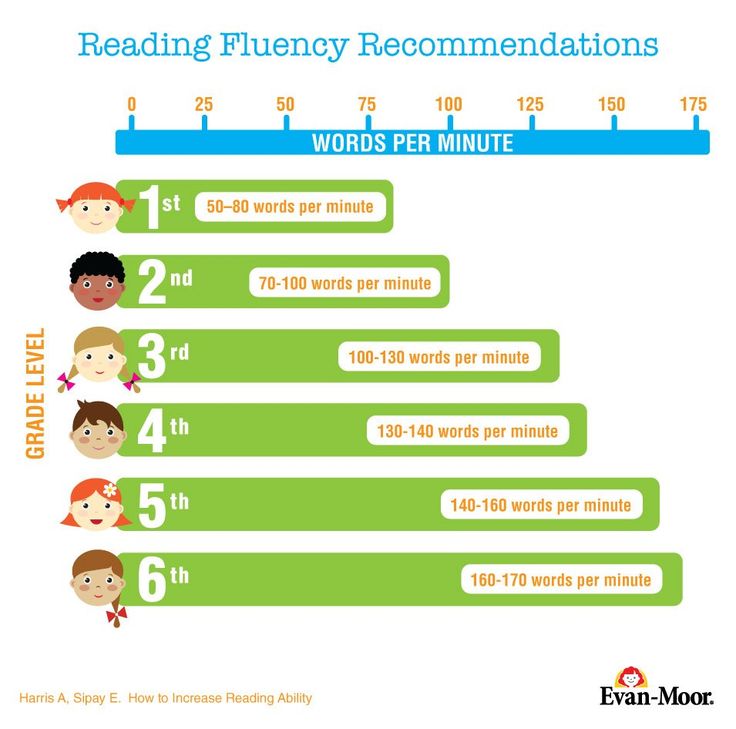 Instead of arguing over reading time, invite your child to play an online game. Role-playing games (and even those online mini-games) require a good amount of reading. Or choose educational language arts games like Prodigy English. Games keep learning fun, and when your child loves learning and reading, they’ll be set for life!
Instead of arguing over reading time, invite your child to play an online game. Role-playing games (and even those online mini-games) require a good amount of reading. Or choose educational language arts games like Prodigy English. Games keep learning fun, and when your child loves learning and reading, they’ll be set for life!
3. What should I do if my child is struggling with reading?
First off, take a deep breath. There is so much pressure on both kids and parents to be reading earlier and earlier. It’s okay if your kindergartener isn’t reading yet. If your third grader is reading at a second grade level, they’ll catch up. Your primary role as a parent is to encourage them to keep trying, and keep their confidence and joy of reading top of mind.
To help encourage young or struggling readers, match them with books they are excited to read. Take them to your local library and let them choose the books that call to them.
If a book is beyond their level, but they just have to have it, let them enjoy it.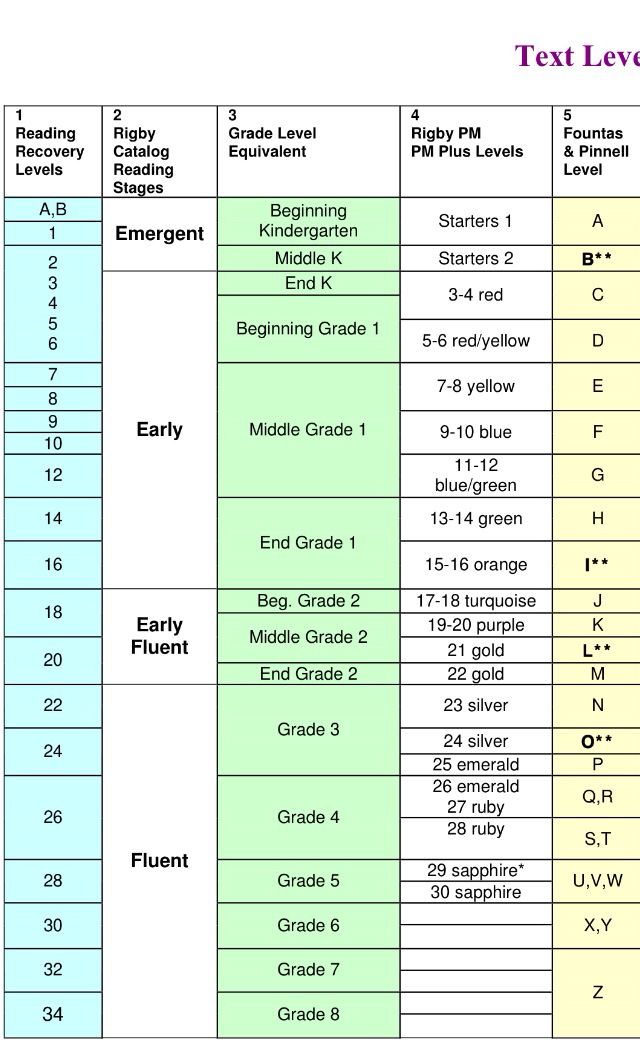 It may be just the challenge they need, or they may simply enjoy the pictures. If it’s too tricky, let them know that you’re available to help. Your child is never too old to enjoy a read-aloud.
It may be just the challenge they need, or they may simply enjoy the pictures. If it’s too tricky, let them know that you’re available to help. Your child is never too old to enjoy a read-aloud.
And don’t forget the reading that happens every day. Have them help you read the recipe for tonight’s dinner. Or ask them to show you their newest video game. Listen as they explain the characters and stories. Reading comprehension presents itself in a variety of ways outside of books and standardized testing.
Above all, remember your child is learning so much more than their reading level score can show. Reading levels can be a great tool, but they are not the only measure of your child’s reading ability. Follow your child’s lead, take the pressure off and watch them grow into reading in their own way.
Reading games and activities can help supplement coursework
Reading can be so much fun! It’s too easy to get caught up in grade levels, whether your child is “ahead” or “behind”.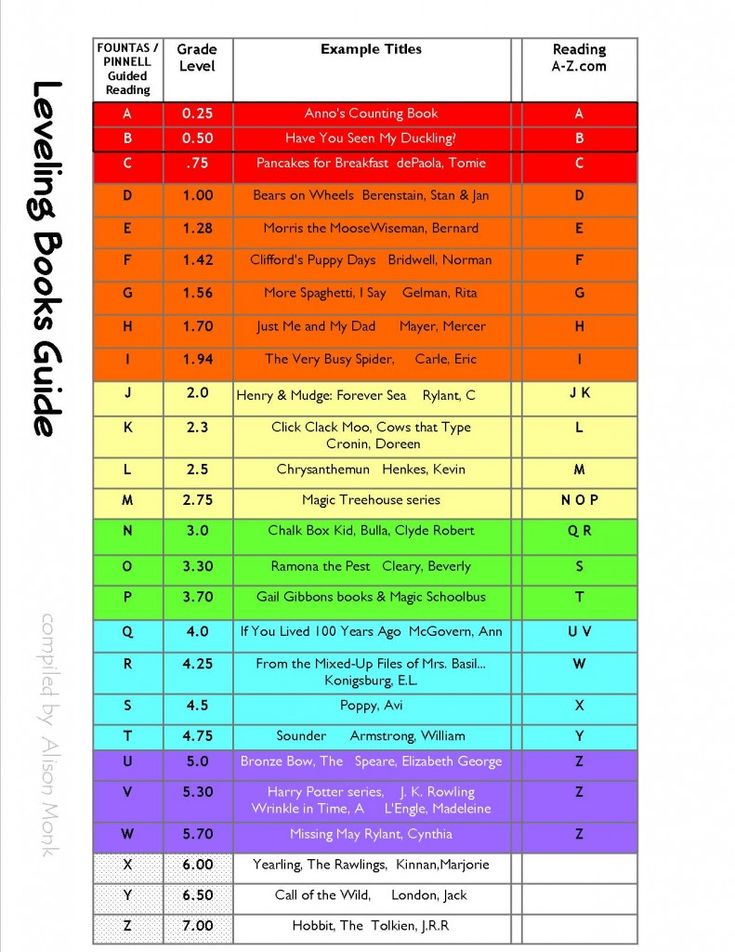 All of this can make us lose track of the magic a good story holds.
All of this can make us lose track of the magic a good story holds.
Bring some of that magic back with fun reading games and activities your kids will love. There are so many ways to read, explore and learn together.
Explore a fun, game-based learning adventure with Prodigy English. While kids play, they'll explore a world of their very own, gathering resources and earning rewards. Every skill-building question they answer gives them more energy to get creative and keep learning!
Sign up for a free parent account today to track and motivate their learning.
Sign up nowHow To Determine Your Child’s Reading Level And Choose The Best Books
When you sit down to read a book, you want to enjoy the story in front of you. The same is true for your child. That’s why uncovering your child’s reading level is an important step in fostering their love of words from a young age!
Consider the different factors that allow kids to enjoy the books they read.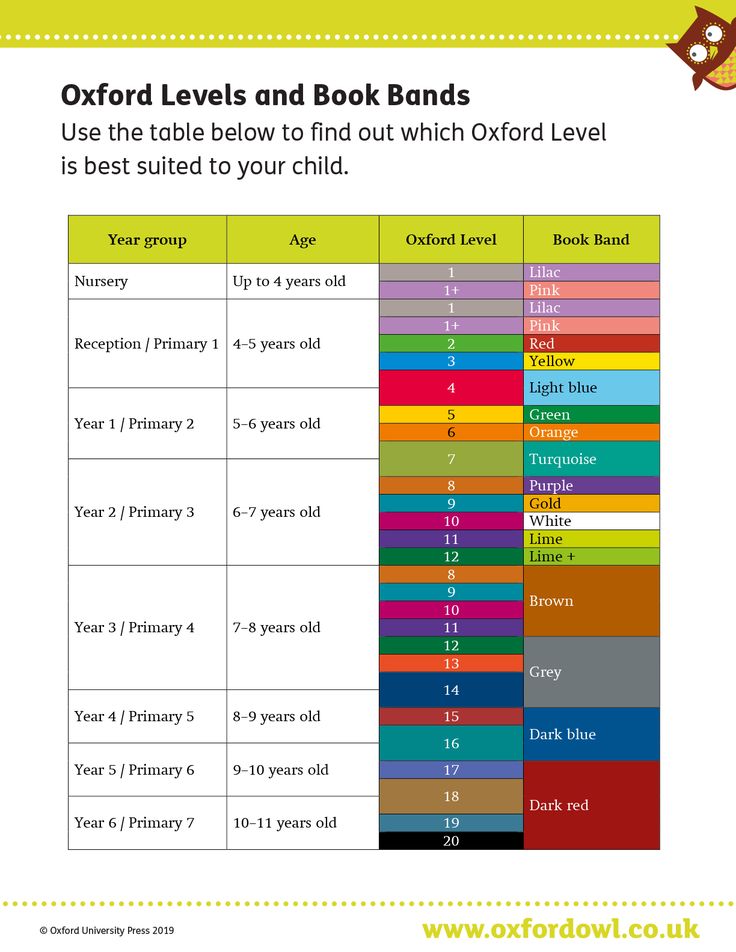 For example, does it tie into their interests, and is it slated as an appropriate option for their level? By answering these questions, you can make sure they’re reading books that are just right for them!
For example, does it tie into their interests, and is it slated as an appropriate option for their level? By answering these questions, you can make sure they’re reading books that are just right for them!
If your child is in school, you’re probably no stranger to jargon like “reading level.” But what exactly does Lexile Framework, Guided Reading Levels (GRL), or Developmental Reading Assessment (DRA) actually mean?
Additionally, if your child is just starting to read on their own (or already reading independently) and is learning from home, how can you figure out what reading level is right for them? If any of these thoughts have crossed your mind, you’ve come to the right place.
We’re here to answer your questions so you and your child can sit down and enjoy a good book together!
What Is A Reading Level?
A reading level is simply a measure of your child’s ability to read text. It reflects how well your little one can read independently. Importantly, reading levels help you choose books that are a good match for your child while still presenting a challenge.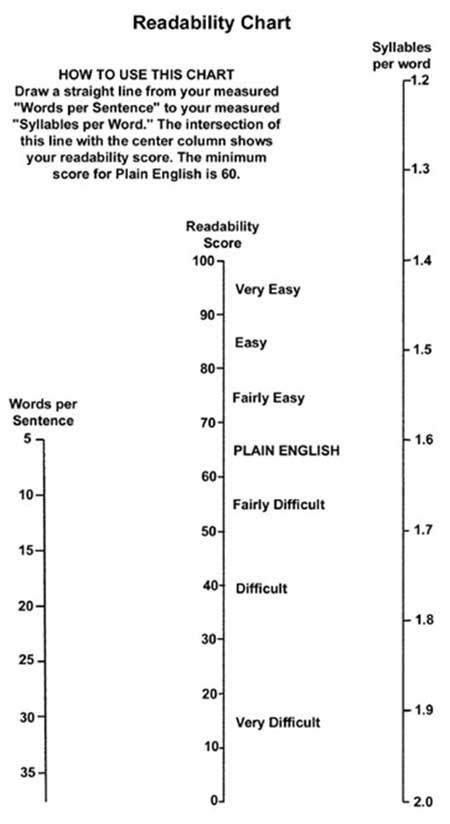
Keep in mind these levels are meant to be helpful, not stressful. They don’t limit your child, but, rather, help them blossom into a fluent, excited reader.
When your child reads books that are appropriate for their current reading level, it boosts their confidence so they can truly enjoy reading! Also, knowing what level your child is at allows you to work with them to improve their skills.
That being said, it’s important to remember that children are unique and develop differently. Comparing your child to their peers isn’t necessarily the best approach when trying to assess their reading ability.
Why Is Determining Reading Level Important?
It’s helpful to determine your child’s reading level so you can find books that are appropriate for them to read on their own: not too difficult but challenging enough to encourage growth.
Reading level classification is a convenient tool you can use when searching online or at the library. And when you provide books that are on your child’s level, you create excitement and build their confidence, which can lead to a lifetime love of learning and reading!
If you’re looking for ways to help your little one read at the best level for them, Our new app HOMER Learn & Grow has a Stories section that gives age-appropriate story recommendations!
This is a great resource that takes your child’s specific interests and recommends stories just for them.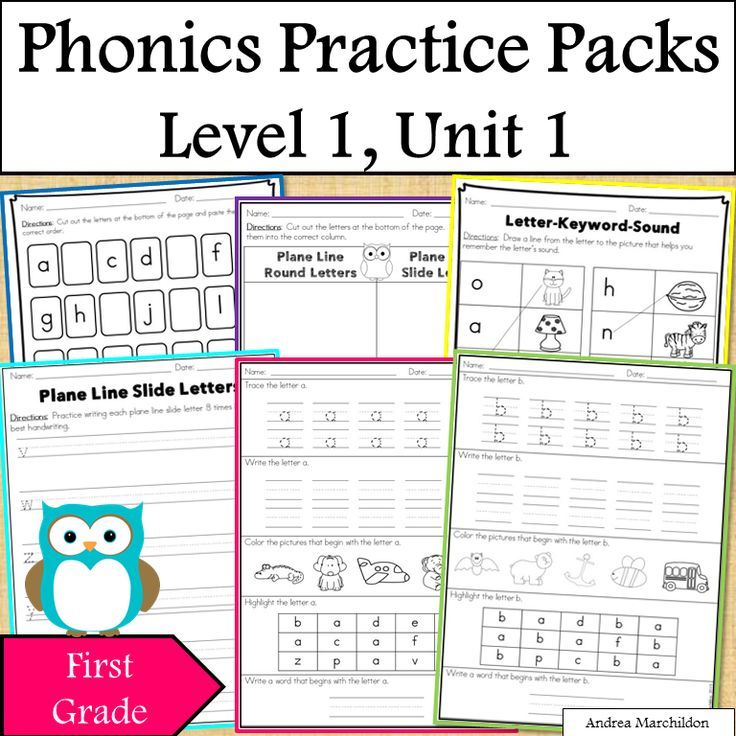 What’s more, your child can choose to read along or read on their own.
What’s more, your child can choose to read along or read on their own.
How Is Your Child’s Reading Level Measured?
Your child’s reading level is usually measured at their school in first or second grade, and we’ll show you how that’s done. Here’s a tip: since your child’s teacher knows their reading level, consider asking the teacher (or the school librarian) for books your child can read at home.
Don’t worry if your child isn’t in school yet or if they’re homeschooled. We’ll show you how you can measure their reading level at home, too!
Before we dive in, it’s important to note that we think of books for kids at three levels: independent reading, instructional reading, and frustrating to read.
As the names indicate, independent reading books are ones a child can read with ease and without support from an adult.
Instructional ones are the books just above independent that teachers might use to stretch a child’s reading as they offer support while the child makes that next step. Finally, frustrating books are too hard for a child to read even with adult guidance.
Finally, frustrating books are too hard for a child to read even with adult guidance.
Now that you have an idea of how to think of the different books your child might encounter, let’s talk about the tools used for determining or describing reading levels.
Lexile Framework For Reading
Lexile Framework For Reading is an educational tool that ranks books by order of their difficulty using a scale called a Lexile. Usually, your child’s teacher will determine their Lexile reading level and then choose books that have a matching score.
The Lexile score, or measure, describes your child’s reading ability and matches them with books and other reading materials. This measure ranges anywhere from 0L to 2000L.
Kids are encouraged to read within their Lexile “range” — 50L above to 100L below their actual level. For instance, if your little one is reading with a Lexile measure of 500L, they would read books ranging anywhere from 400L to 550L.
Using standardized assessments, schools will often measure a child’s reading level several times a year to help them select books that are appropriate for independent reading.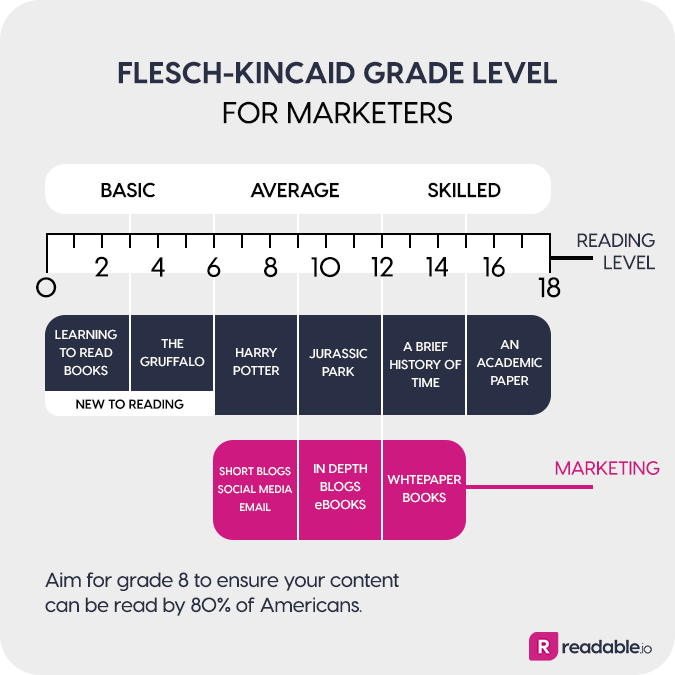
Guided Reading Levels (GRL)
GRL is a guided reading system used in some schools.
To determine reading levels using GRL, children sit one-on-one with their teacher and read from a book that’s considered standard for their grade level — a “benchmark” book. GRL books range from A to Z with A being the easiest.
While reading these books, the teacher will take notes on any missed words and ask comprehension questions, such as, “When did the story take place?” or, “What was the problem in the story?”.
Through guided instruction, the teacher will gradually move children into more difficult books.
Developmental Reading Assessment (DRA)
DRA is a standardized reading test given by teachers or reading specialists. As with GRL, children sit individually with the test administrator and read a book.
Several factors are taken into consideration to determine reading level, including:
- Reading comprehension
- Phonemic awareness
- Fluency
DRA books are labeled with an A for the easiest books and then move into a numerical grading system.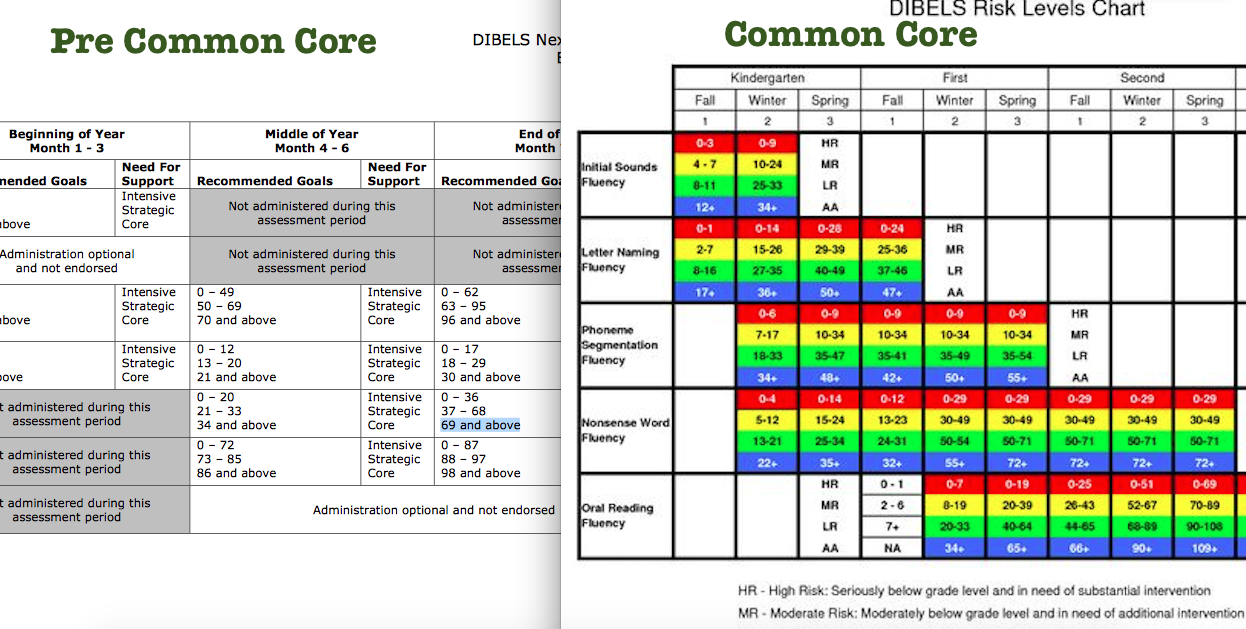 The levels range from 1 to 80 with 1-3 representing a kindergarten reading level and 80 representing an eighth-grade reading level.
The levels range from 1 to 80 with 1-3 representing a kindergarten reading level and 80 representing an eighth-grade reading level.
Once a child has a DRA or a GRL level, a teacher or parent can search for the reading level of any particular book and can usually discover either the Lexile, DRA, or GRL of that particular text. Here’s a chart for your reference.
At-Home Reading Levels
If you’re looking for a way to find out your child’s reading level without using any of the methods listed above, you might try the five-finger rule.
For the five-finger rule, choose a book and flip to any page. If your child seems to have trouble reading more than five words on the page, it’s a good indicator that the book is too advanced for them.
To be sure, though, you can have your child try another page, especially if they seem eager to read a particular book.
This can be a helpful strategy, but it’s OK to let your child try a book and see how the reading goes.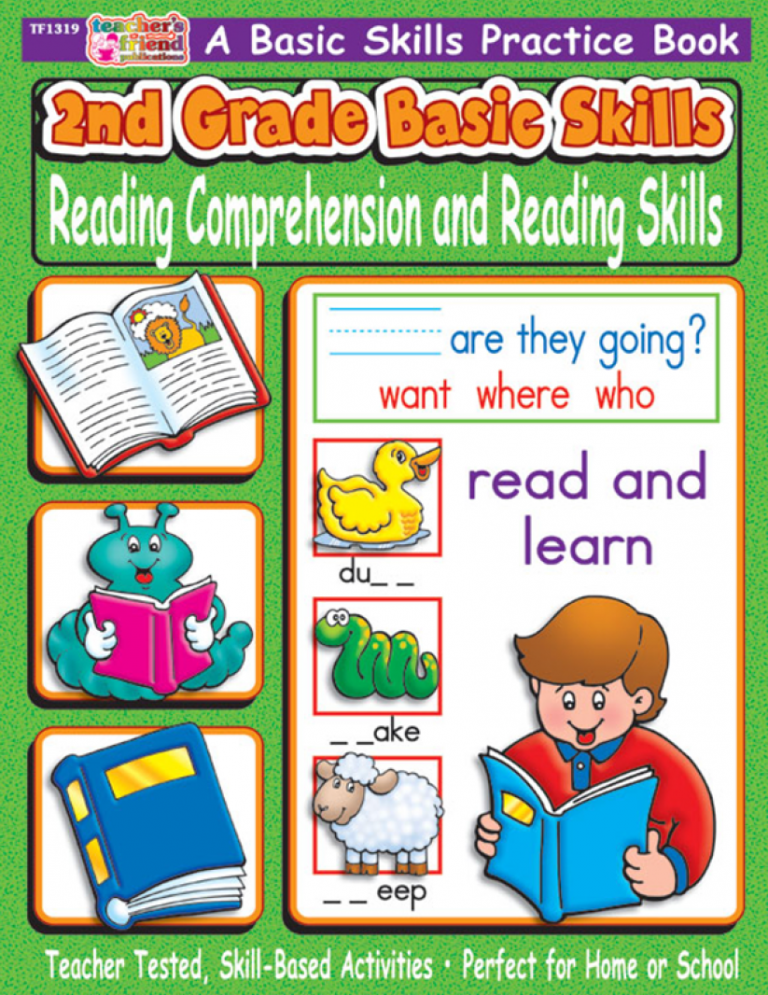 If a book is too hard, most kids will figure that out — and there is nothing wrong with reading books that are too easy!
If a book is too hard, most kids will figure that out — and there is nothing wrong with reading books that are too easy!
Sometimes a child may be interested in a book that’s a little too hard for them. If this happens, we encourage you to read aloud to your child. You can also read together by alternating pages, paragraphs, or sentences.
It’s important not to completely avoid books that may be a little above your child’s reading level.
Even if your child struggles a bit to read them without assistance, these books can still be beneficial in helping build their vocabulary, improve comprehension, and increase general knowledge — not to mention, encourage their love of reading!
When your emerging reader seems overwhelmed by one book, you can always give the five-finger rule a try with other books until you find the right match. And if your child is particularly interested in a topic, you can always read the book to them and stop on words you know they can read.
Also remember that when a child is really enjoying a book and highly motivated to read it, they will read at a higher level than if the material is not as interesting to them.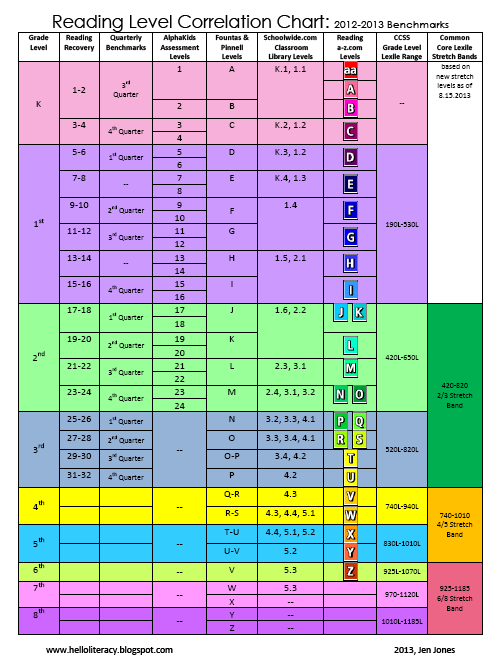
Tip: Most libraries and bookstores have books arranged by reading level so you can easily choose the best one for your emerging reader!
Feel free to ask librarians and knowledgeable staff at bookstores to offer suggestions. You could even say something like, “My child happily read a Clifford book; can you suggest others at the same level?”
How To Help Your Child Become A Stronger Reader
As we mentioned earlier, you can easily determine your child’s reading level at home so that you can help them choose books that are just right! We suggest incorporating some of the tips below to help your child become a stronger reader.
Start With Clues
- Is your child using “sounding out” techniques to figure out unknown words?
- When your child reads, are they getting tripped up by sight words — common words that are hard to sound out?
- Is your child using pictures to help them understand what is written on the page?
- Is your child using context clues to figure out what word makes sense to come next as they read sentences?
Check Vocabulary
- Play games with your child to see what words they know.
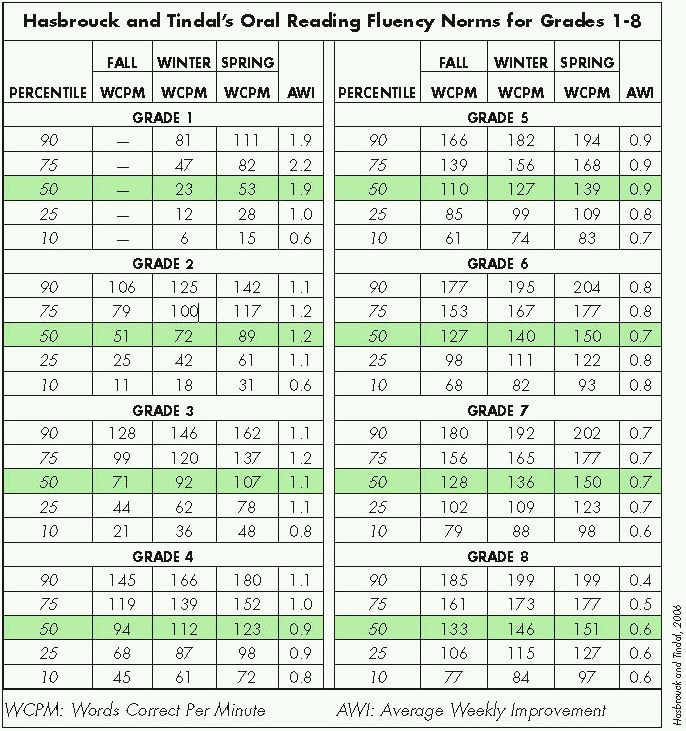 For example, say a sentence and point out one word in the sentence. Then ask them if they can come up with a different word (synonym).
For example, say a sentence and point out one word in the sentence. Then ask them if they can come up with a different word (synonym). - Play synonym games to see what words your child knows. For example, challenge yourselves to think of 10 or more ways to describe speaking (shout, whisper, mumble).
While you’re talking with your child, describe something specific from your day. Make sure to use interesting adjectives, and don’t hold back from using sophisticated vocabulary when talking with your child.
You can help your child’s vocabulary grow through day-to-day conversations and activities!
Ask Comprehension Questions
Understanding what they read is an important part of your child’s reading journey.
- To check for reading comprehension, we suggest pausing every other page to talk about what you’ve just read. Make this a natural reaction to the story, like you’re thinking aloud about the story or characters, so that it doesn’t feel like a test.
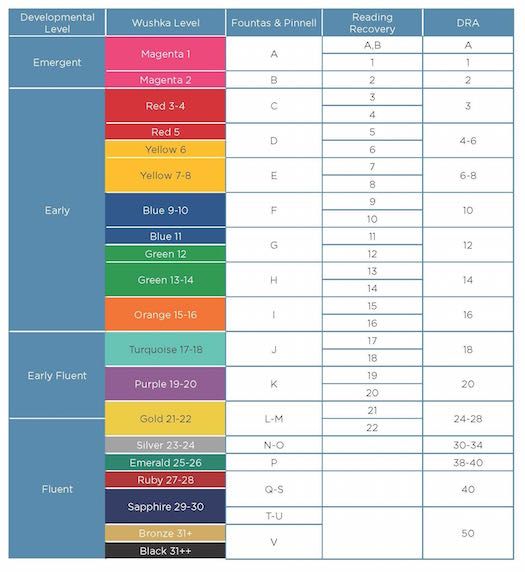
- Consider encouraging your child to act out and retell the story (for younger children).
- Try discussing themes/lessons with your child (for older children). Remember: this isn’t a test, but a conversation between book lovers!
Talk To Your Child
When most people implement strategies to help their children improve their reading skills, they often forget about the importance of verbal communication. It’s essential to talk to your child frequently in short and simple sentences.
This includes singing songs, telling them wonderful stories, reciting fun nursery rhymes, and describing the world around them. All of this exposes children to lots of different words. It also helps them learn that language is a powerful tool for communication.
Discover Your Child’s Favorite Books
- Children often choose books that are a little below their actual reading level. At home, this is a good thing. It keeps reading fun and exciting!
- We recommend choosing books that interest your child — with a certain character or activity they like — so they’re curious and excited about reading.
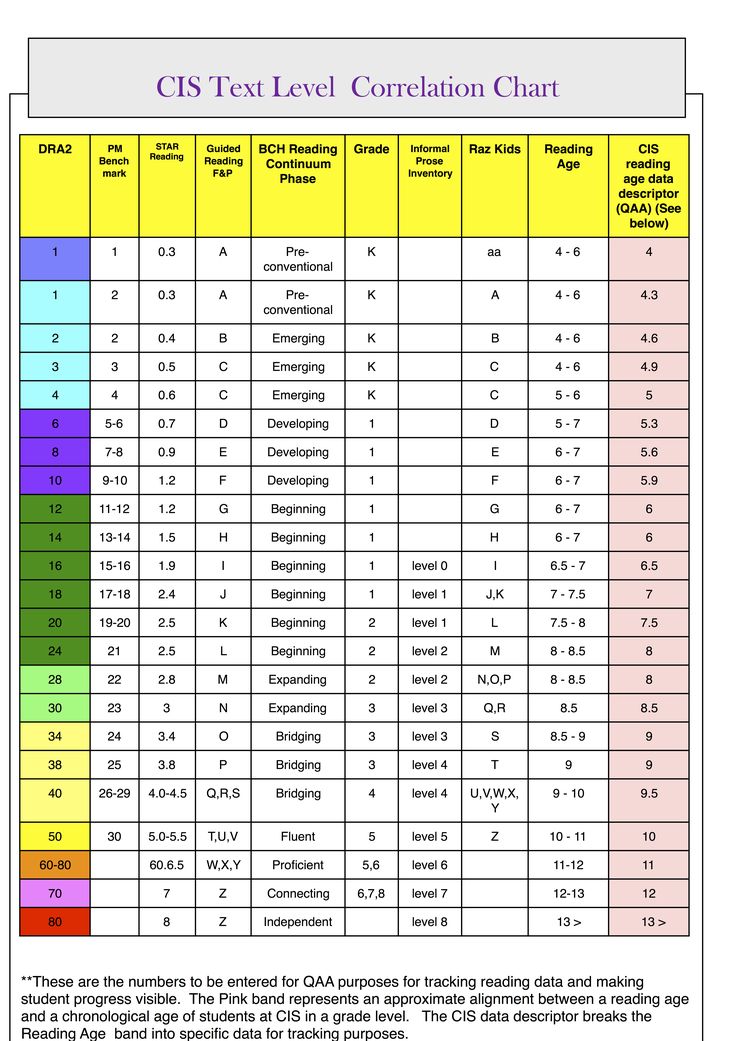
Reading books your child enjoys together can encourage their love of reading. And letting them read those same books to you can boost their confidence over time.
Together, these two activities increase your child’s fluency and reading enjoyment!
Create A Reading Corner
Establishing a reading corner in your house can benefit your child. The setup doesn’t need to be elaborate. This can be a simple, quiet, private area where your child can confidently read independently or with you.
It’s also great for the spot to be well-lit and filled with lots of books your child enjoys reading.
Is Reading The Same Book Over And Over OK?
Just like you might pick up an old favorite book to read, your child may do the same, and that’s OK! At least you know they’re enjoying a good book and the process of reading!
Rereading books can have many benefits for a child, including:
It allows children to get more from the text. Have you ever developed a deeper understanding of a story after rereading it? That’s because the more you engage with a story, the more you can take away from it.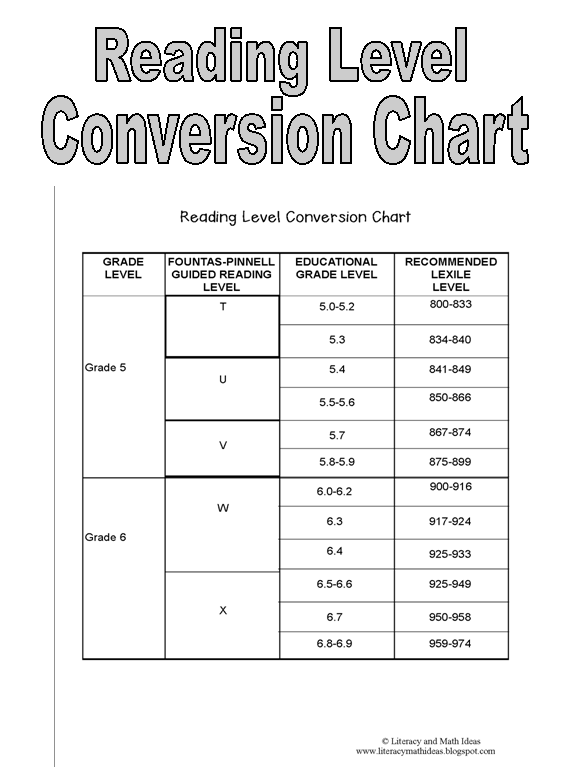
You can pick up on new information, establish connections between yourself and some of the characters, and even improve your understanding of the overall story.
Similarly, allowing your child to read their favorite books for the second, third, fourth (or more) time will enable them to get more from the story.
It also allows for bonding. Did you know that rereading books can help bring your family closer together?
Many of us remember a couple of books that our family read together regularly. This can be a holiday book or a favorite story. Rereading is a great way to get the whole family involved, as everyone can take turns reading and connecting on the same story.
What’s more, reading familiar books can actually help develop a young reader’s fluency. It allows them to learn the words and helps them become familiar with narrative structure or storylines (i.e. beginning, middle, and end), which builds reading comprehension later on.
So feel free to let your child choose the same book over and over!
FAQs About Reading Levels
What Reading Level Should My Child Be In Each Grade?
It’s challenging to answer this question because each child is different and will naturally develop at their own pace. For example, just because your child’s friend has started reading fluently doesn’t mean your child will be able to do that yet.
For example, just because your child’s friend has started reading fluently doesn’t mean your child will be able to do that yet.
While no parent wants their own child to be a little behind compared to their peers, putting too much pressure on them to “catch up” might actually have an adverse effect. In fact, they might feel overwhelmed by the pressure and develop a negative attitude toward reading.
It’s also important to note that there’s no direct link between a certain Lexile measure and a specific grade level. When using any of the reading level measures we mentioned, remember that they are an estimate of a child’s performance and shouldn’t be interpreted literally.
Also, if you’re really concerned about your young learner’s development, you can always address those concerns with their teacher or another professional. They can offer tips and advice on how to best work with your child.
Finally, remember to be patient and positive no matter what. With lots of time and effort, your child will develop a lifetime love of reading!
Who Can Help Me Choose Books That Match My Child’s Reading Level?
The best place to start is to consult your child’s teacher.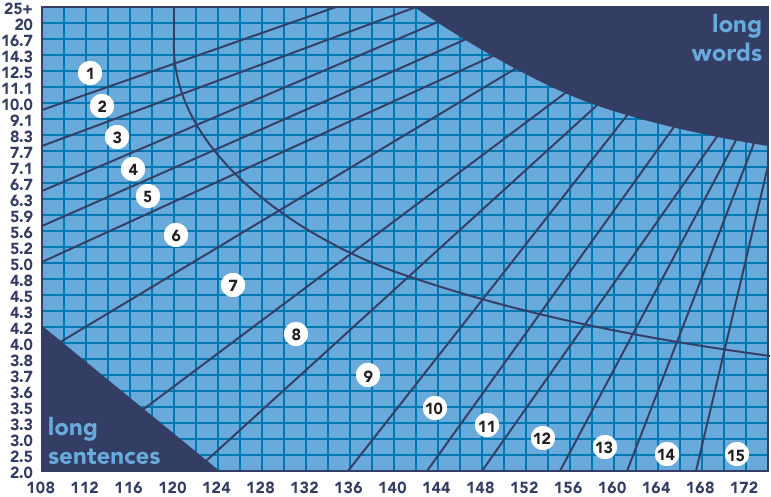 They will have the expertise to guide you in buying the right books for your child.
They will have the expertise to guide you in buying the right books for your child.
It’s also possible for you to look up most books online and find their reading levels. Furthermore, for beginner readers, there are publishers who label books in stages with age and/or grade suggestions attached.
If you’re homeschooling, you can also reach out to your local librarian or bookstores. As people who spend each day surrounded by books, they often have knowledge on this topic and may be able to recommend a few relevant books in your child’s reading level.
What If My Child Is Reading At A Lower Level?
The last thing a parent wants to hear is that their child’s reading level isn’t on par with their peers. But what can you do if, from the assessment used at your child’s school, you find out that your young learner is reading below the average grade level?
Firstly, it’s important not to panic. As mentioned earlier, kids develop reading skills at different stages of their development.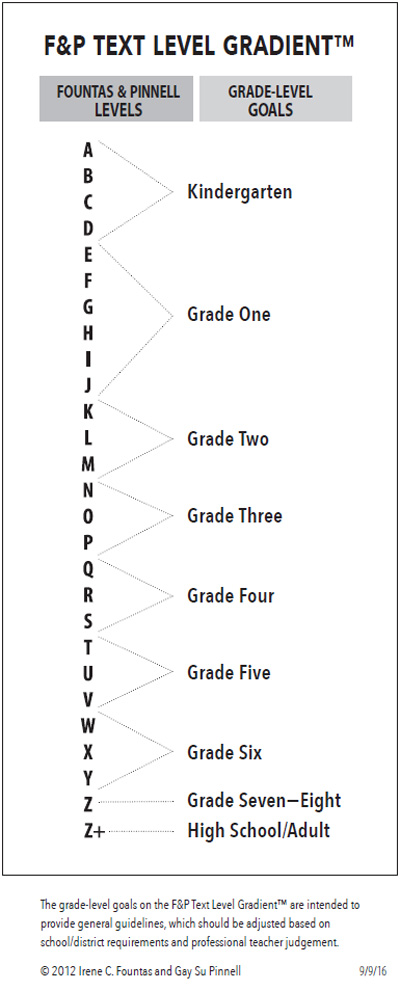 Some children might be early readers, while others may take time to get there.
Some children might be early readers, while others may take time to get there.
The most effective way to help your child improve their reading level is by continuing to encourage reading at home. While reading, remember to discuss the content to ensure comprehension.
Reading For Fun
From assessments to the five-finger rule, determining reading levels varies across the board. No matter which method you choose, remember these measurements are meant to be helpful and encouraging, not stressful and limiting.
Keep this in mind when assessing your young learner. You don’t want your child to sense any stress about their abilities, as this might overwhelm them and have an adverse effect on how they view reading.
While reading is an essential early learning (and lifelong) skill, you want your child to LOVE reading and not only view it as a test of their intelligence.
At the end of the day, the way reading makes your child feel is more important than their reading level.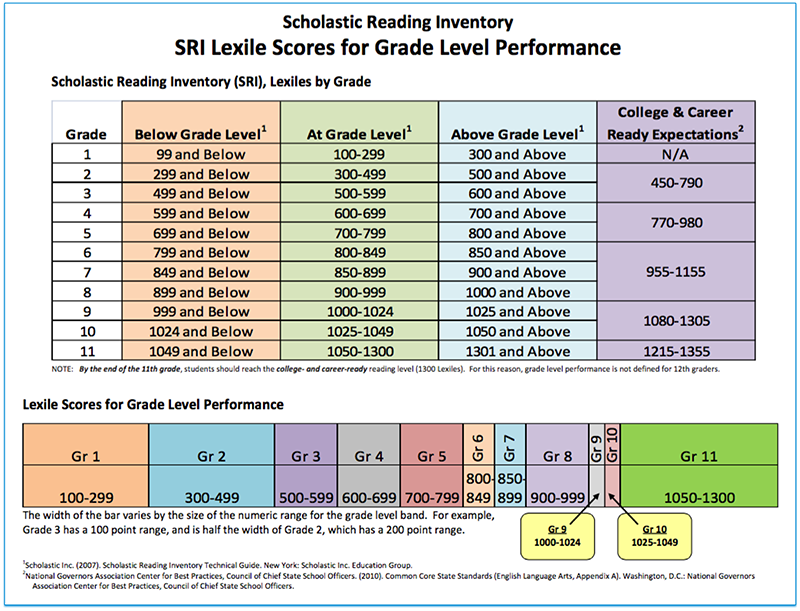 Each child learns in a way that’s special and unique to them.
Each child learns in a way that’s special and unique to them.
The HOMER Road To Reading
The road to discovering how to read can be a fun ride, but sometimes it’s bumpy. This is why we’re more than a learning program. We’re your learning partner.
If you’re looking for a resource to help develop your child’s love of reading and learning, consider taking a look at the HOMER Learn & Grow app. It’s full of stories curated based on your child’s interests!
When your child develops a love for reading, they’ll move up to the next level before you can say “Developmental Reading Assessment”!
Author
How many words per minute a first-grader should read
How much a child should read in the first grade is one of the most important indicators that teachers pay special attention to. The child's further perception of new information directly depends on the maximum reading speed of the baby.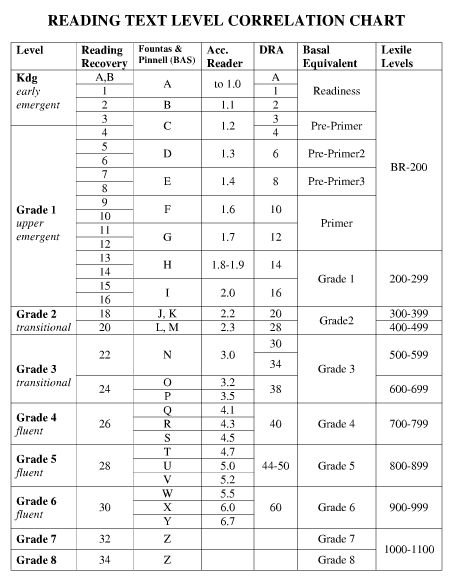 It is not enough to quickly skim through the text, the child must understand the meaning of what he read and assimilate the information.
It is not enough to quickly skim through the text, the child must understand the meaning of what he read and assimilate the information.
Active preparation for school should begin from the moment when the child is studying in the senior group of kindergarten. For such preparation, parents often use the services of tutors or prefer to teach the preschooler the basic basics on their own:
- read;
- write;
- read;
- to navigate numbers up to 10.
As a result, the child will be well prepared for school, which will positively affect his confidence. However, it is important not to overdo it, otherwise the child will simply not be interested in the 1st grade.
What should be the reading speed in the first grade
Throughout the year, the teacher will pay utmost attention to the reading technique of each student. However, many parents are already puzzled by an important question before school: how many words per minute should a child read? No parent wants their child to lag behind their peers in terms of learning and development in general.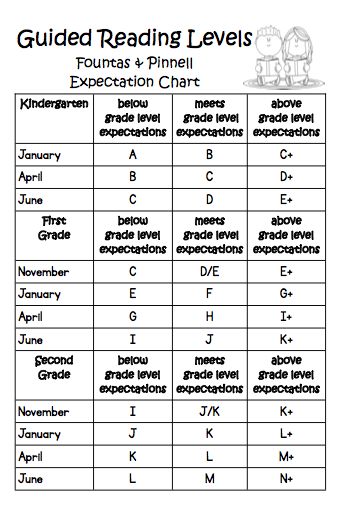
According to the educational standard, the documents do not specify the exact norms and rules that indicate the number of words that must be read in 1 minute. After all, the modern education system puts forward the quality of reading, and not speed, in the first place.
Thus, in the process of evaluating the quality of reading, it is necessary to take into account:
- Features of reading - the child reads in syllables or pronounces words in full.
- Expressive reading - the child must understand where to make logical pauses and how to place stress in each word.
- Number of errors - the first grader must clearly pronounce each sound and each letter.
- Awareness - the student must understand what they read (it is important that children understand the essence of the information they read). A first grader should easily analyze the actions of the main character and secondary characters.
Today, each educational institution has its own rules and regulations, which parents can familiarize themselves with before their child enters.
On average, the rate of words read per minute is:
- At the end of the first six months, the child should read 20 words or more.
- At the end of the third quarter - from 35 words and more.
- At the end of the first grade - from 40 words and more.
Reading Technique Standards grades 1-4
Reading technique for elementary grades is tested throughout the year. Teachers closely monitor how many words the child read at the beginning of the year and how the situation changed closer to the middle of the school year. This is one of the most important assessment criteria in different educational institutions.
In order for the child not to lag behind in elementary school, teachers have compiled approximate reading speed standards for students in grades 1-4:
- At the beginning of the first grade, each student should read at a speed of about 10-15 words per 1 minute. In the second half of the year, his success should change - from 25 words and more.

- At the beginning of the second grade, the reading speed can be from 25 words, and in the second half of the year it should double - from 50 words or more.
- A kid comes to the third grade with the ability to read from 45 words in 1 minute or more, at the end of the year - from 75 words or more.
- In the fourth grade, children should read at least 65 words in 1 minute, and at the end - from 95 words and more.
These are exemplary conditions and norms that not only teachers, but also parents who work with their own child at home can be equal to.
What to pay attention to when teaching children
For a more detailed study of the problem - how many words a child should read , it is important to pay attention to the texts that have been selected. After all, a lot depends on the quality of information texts, so you need to choose the right fascinating text for a first grader:0003
- For older kindergarteners or first-graders who have just started school, it is recommended to choose text blocks containing many short and simple sentences.
It is best to choose sentences where two-syllable words predominate. The ideal solution is texts in which many sentences are filled with words where the syllables are very similar (ma-ma, pa-pa, ka-sha and other possible options).
- You can gradually “complicate” texts using passages in which complex or polysyllabic words occur. Such words can contain hissing sounds and various combinations of all kinds of interesting sounds.
- At the end of the first grade, the student should not read by syllables, but pronounce whole words. This is the right time to invite him to work not only with prose, but also with poetry.
Using the popular easy-to-hard method, educators and parents can create the perfect curriculum with quality required reading texts.
Recommendations of specialists in teaching to read
Instilling a love of reading is a difficult task for every parent who is not always able to cope with it. In order to teach a child to read quickly and competently, while not injuring his psyche, it is important to listen to some advice from experienced teachers:
- Do not force your child to read books with screams and threats.
 Remember that all books that are not included in the category of "school curriculum" should be studied by the child with great pleasure and bring only positive emotions.
Remember that all books that are not included in the category of "school curriculum" should be studied by the child with great pleasure and bring only positive emotions. - The right choice of book. It is the parents who, like no one else, know the preferences of their child, therefore they can select bright books with a large number of illustrations on topics that are interesting to the child. It can be a variety of books: comics, stories about pirates, spaceships and more. The main thing is to interest the child so that he has a desire to read the text.
- Even when the child can already read on his own, parents should not stop him from time to time to read exciting books. At the first stages, when the baby is just learning to read, it will seem to him that reading is a huge job. Therefore, he will listen with great pleasure to how his parents read. But over time, an important thought will be deposited in his head: a book is very interesting.
- Parents should take turns reading with their child.
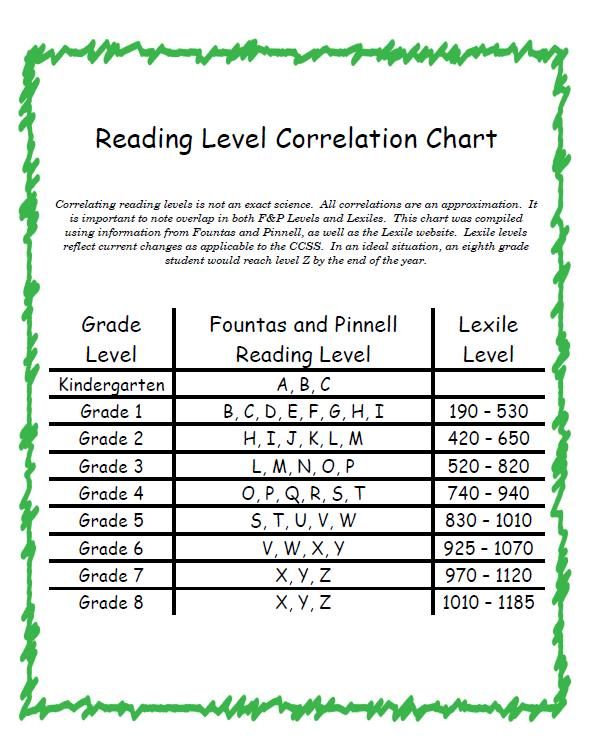 You can arrange a small competition: gradually speed up in reading and encourage the child to repeat your “trick”.
You can arrange a small competition: gradually speed up in reading and encourage the child to repeat your “trick”.
Don't get upset if long sessions with your child don't bring the desired results. Everything comes with time.
Various games can be used to make reading even more interesting. One of these is a game called "Who is faster?". Invite your child to read in the style of different animals. For example, it can be a cheetah, turtle, snail, and so on.
As an option, you can arrange competitions: parents can give in to their baby a little and compete with him - who will read a piece of text faster in a certain time. This will help build a competitive spirit that allows the first grader to try harder and be better.
Certificate on the results of testing the reading technique in grades 2-4. | Material on the topic:
Help
on the results of testing
reading techniques in grades 2-4.
In accordance with the plan of the HSC, at the beginning of the first quarter, the level of reading aloud skill was tested in grades 2-4 ,
The task of the subject of reading is to develop the skills of conscious, correct expressive reading, as well as to develop the desire for independent reading.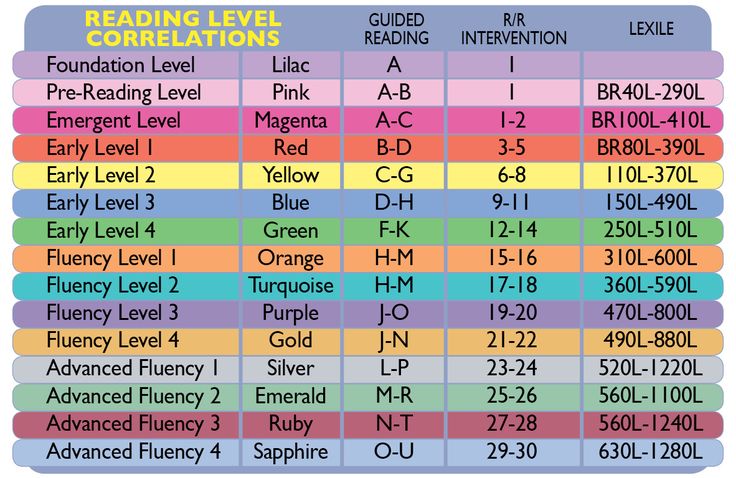
These tasks are implemented in classroom and extracurricular reading lessons. The structure of such lessons is different, but their goal is the same: to teach children to read.
Speed reading is an end in itself in teaching children to read. When reading quickly, new information is applied and processed more actively and efficiently. The teacher plays an important role in teaching speed reading. The pace of his reading is the pattern to which the students must prepare themselves. The pace of reading should ensure reading comprehension. Reading speed develops through systematic reading in the classroom and after school hours.
Without high-quality reading technique, without fulfilling reading standards, students cannot acquire educational information at the required level and improve learning outcomes.
Reading technique at the end of the first quarter:

